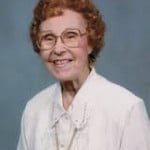Spirit World Of The Native American – Lewis E. Mehl (Is.8)
by Lewis E. Mehl, M.D., Ph.D.
 The Native American, says this author, does not hold to a linear, wheel-of-karma, reincarnational logic. Rather, he (or she) embraces the concept of a free-roaming spirit that can cross time and space boundaries, mingle with other spirits and enter other lives. His world view is as direct and simple as that of the child whose imaginary playmates are still real. For the culturally intact Native American of today, spirit communication is a practical, everyday experience. Dr. Mehl offers a detailed account of a ceremony in which a woman of mainstream culture experiences and incorporates the Native American way of perceiving.
The Native American, says this author, does not hold to a linear, wheel-of-karma, reincarnational logic. Rather, he (or she) embraces the concept of a free-roaming spirit that can cross time and space boundaries, mingle with other spirits and enter other lives. His world view is as direct and simple as that of the child whose imaginary playmates are still real. For the culturally intact Native American of today, spirit communication is a practical, everyday experience. Dr. Mehl offers a detailed account of a ceremony in which a woman of mainstream culture experiences and incorporates the Native American way of perceiving.
The Native American world, though sparse in developed theory, is rich in experience, … Read the rest






